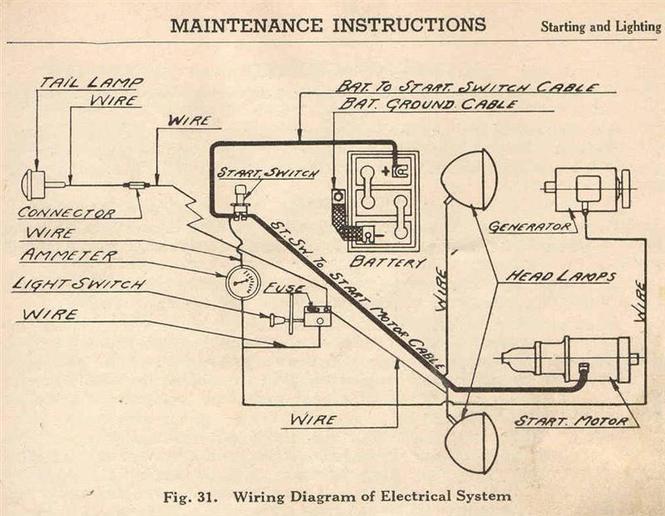Bronco Ii Manual 89
The Ford Bronco II is in many ways the black sheep of the Blue Oval SUV family. Although collectors fawn over first-gen Broncos, and despite the rising prices associated with the later big-body generation of the truck, the II (aka the Deuce, aka Junior) has never made the same kind of impact on either the classic market or the imaginations of enthusiasts. This is more than a little strange, because when the Bronco II was first introduced for the 1984 model year, the world of small, yet off-road-capable utility vehicles was still in its formative stages.

The Jeep Cherokee XJ came out that same year and would evolve into a major force among those seeking a practical, go-anywhere truck with a modest footprint, while the Chevrolet S-10 Blazer and GMC Jimmy twins had debuted roughly 12 months prior. The Cherokee went on to become a cult favorite, but neither Ford nor GM's perfectly serviceable alternatives inspired a similar passion, with the Bronco in particular being built for a mere eight model years—or one half the length of the Jeep's production run. What does this mean in a modern context? Quite simply, the landscape is littered with cheap examples of the Bronco II. Despite lower production numbers than the XJ, it was still a strong seller for Ford in its era, and it hasn’t had to pay the same off-road tax as the Cherokee.
This makes it much easier to find a survivor that hasn't been chopped and mangled to mount 35-inch tires or a winch. It's also unique. Since so few are collecting this pint-size Ford, you're less likely to run into yourself at the local cars and coffee or evening cruise. For some classic truck fans, that's a critical point when buying a new project. Mecum Ranger-based revelation When it came time to design its own cute-ute, Ford had an advantage that Jeep didn't—the Ranger compact pickup, which was just finding its feet in the battle against import trucks from Japan.
It made sense for Ford engineers to simply chop the Ranger's platform and use it as the foundation for the Bronco II's short-wheelbase chassis, giving the vehicle a ladder frame as opposed to the Cherokee's unibody design. That trademark wheelbase, combined with the Ranger's narrow width, made the Bronco II quite nimble on the trail. Mechanical four-wheel drive was standard for the first two years of production, with a rear-wheel drive model appearing thereafter starting in 1986—only, if you look underneath nearly any given Bronco II, you're going to find a 4WD transfer case (a Borg-Warner unit) staring back at you, regardless of whether the truck is 4x4 capable or not. For reasons lost to the mists of time, all 2WD IIs simply sealed off the front driveshaft opening and used the same transmissions as the 4WD models, until 1990 when Ford installed a “true” two-wheel setup.
Shift-on-the-fly electronic four-wheel drive became available starting in 1986. Suspension-wise, the Ford Bronco II was a revelation compared to the cruder 4x4 rigs that had until then dominated the market. Up front was a twin traction beam independent setup that made use of coil springs, with leaf springs holding the fort at the rear. The Bronco II also enjoyed V-6 power right from the start, with a 2.8-liter V-6 (115 ponies) that was replaced with a 2.9-liter mill in 1986.
The latter delivered 140 horsepower and helped the truck feel slightly quicker. Transmission choices included a five-speed manual and a three- and four-speed automatics, with a four-speed manual briefly available on early models. Ownership in 2018 On-road power is an issue for some owners, but there's a brisk trade in engine swaps for the Ford Bronco II, with popular options including the 4.0 V-6 from the Ranger, as well as the ubiquitous 5.0-liter V-8.
Bronco Ii Manual 89 Miles

89 Ford Bronco 2
Still, the simplicity of the SUV's design makes it relatively easy to keep running in a modern context. And with so many Rangers out there, finding mechanical replacement parts isn't difficult. 'A lot of these trucks have been scrapped and flattened, but even until very recently there was a publication called Bronco Driver that was filled with ads for replacement parts,' says Descarries. 'Working on it is easy, too, since it's a basic design with very little electronics except for the ignition system. You can actually still find some parts at a Ford dealer.' Healey has a similar view. 'Parts sharing with the Ranger is a big help.
While the truck would feel slow in today's traffic, and lack any of the tech we've come to take for granted in modern vehicles, there's nothing particularly difficult involved in keeping these rigs on the road.' With excellent parts support, and prices frequently lower than what you'd spend on a set of wheels and tires for a Cherokee, the Ford Bronco II is due for a renaissance. With a little of today's hot-rod know-how, you can easily lick those emissions-choking carbs and squeeze better drivability out of the original V-6, too. Just make sure you're ok with your passengers baking alive in the backseat underneath that wrap-around, can't-ever-be-opened glass before you buy.
Bronco Ii Manual 89 Ford
Just a suggestion. I stopped by a Ford dealership parts department today, and they had 2 dozen owners manuals of assorted years and models sitting on a table for sale at $2.99 each. I think most (all?) of these were used manuals - perhaps accummulated over the years by people leaving them laying around the dealership, shop or something. Anyway, they had no Bronco II manuals, but had a few Ranger manuals.
If anyone checks out their local Ford dealerships and finds a '90 model Bronco II XLT owners manual, I'd sure be interested in one myself. '90 Bronco II XLT '99 Firehawk #521.
